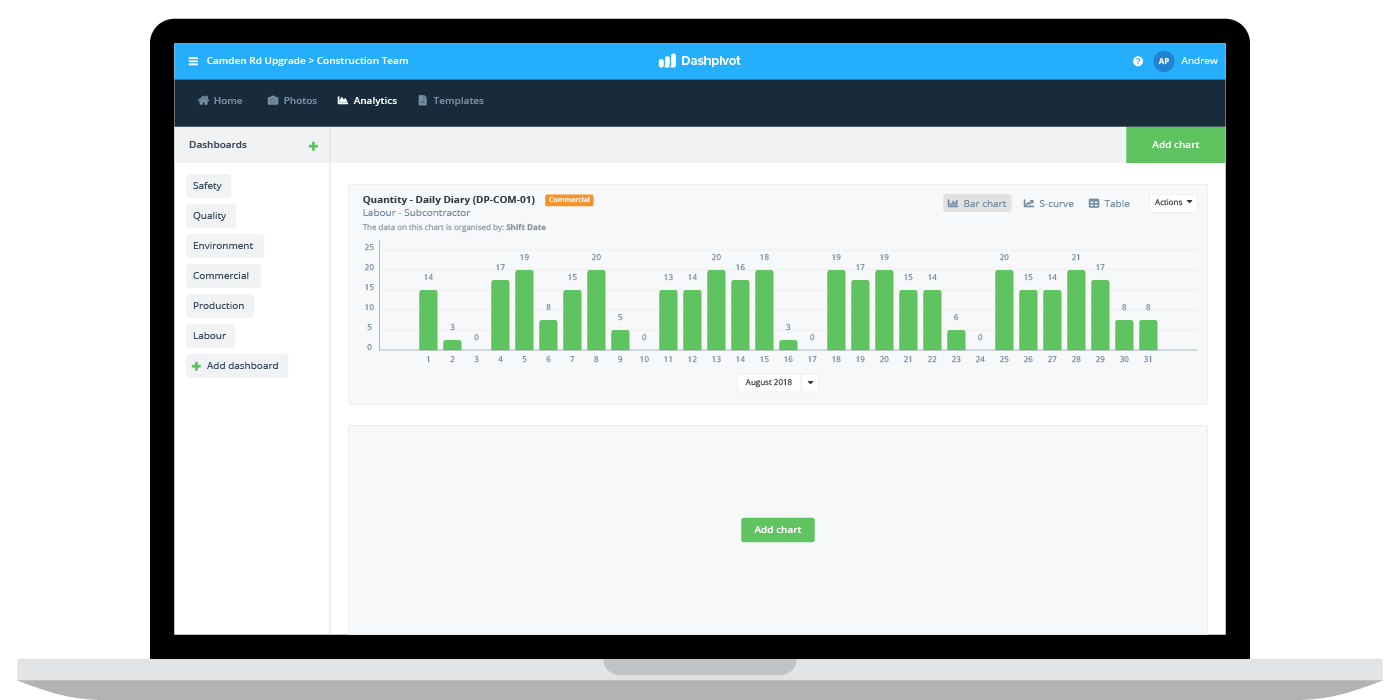Finance – Earned value formula

Earned value formula: Here's the formula for earned value + some other EV tips
Why do we need the formula for earned value?
Earned value is an objective measure of project progress which is used to gauge performance during the course of a project on a time (schedule) and cost basis.
Earned value management is a critical project management process because it enables project managers and other management to get visibility over what's happening in a timely and objective manner so that course corrections and changes can be made to avoid end of project budget and schedule overruns or blowouts.
Like many of the most important project management metrics, earned value is calculated using a formula. The reasons we need a formula for earned value is that we want to remove all bias associated with measuring project performance. The earned value formula gives us a quantifiable number which we can use to compare actual progress to planned value.
The earned value formula
The earned value formula is a relatively straight forward one. You take the actual percentage of work which has been completed on the project, phase of work or specific task, and you multiply that number by the budget at completion.
The output of this formula is our earned value or budgeted cost of work performed (BCWP).

The two inputs in the earned value formula are relatively easy to assemble and combine for most companies:
- % of work completed: Every project or specific tasks can be broken down into a relatively accurate % complete number. This could be based upon certain milestones are accurate measures of production.
- Budget at completion: Budget at completion (or BAC) is the total amount of money which has been allocated towards a specific task or the project, or in simple terms, the approved cost of the project planned before work began.
An real-life application of the earned value formula
One of the most useful things to see when looking at the earned value formula is a real-life example of how it is used - and what the formula output looks like.
Let's see how the formula for earned value looks when we have this scenario:
- The initial planned value of the project was $10,000,000
- XYZ Contractors are 12 months through a 24 month project (50% of the way through the planned schedule) and the amount budgeted at this stage of completion was exactly $5,000,000
- The actual cost (AC) of the project so far is $6,000,000
We can plug these numbers straight into the earned value formula:
50% (percent of work completed to date) x $10,000,000 = $5,000,000
How is the earned value formula related to other important measures
We can see from the above formula that the current earned value of the project is $5,000,000 but the actual costs incurred so far are $6,000,000.
To make sense of this number, we need to lean on a few different project management formulas which combine to give us a fairly accurate picture of project performance on the two major dimensions of cost and schedule.
Schedule variance (SV) = EV - PV = $5,000,000 - $5,000,000 = 0
Because the schedule variance is 0, we are actually on schedule. If the value was negative, we would be behind schedule, and if positive, we would be ahead. We have completed 50% of the project at the 12 month mark, which is what we expected to have completed.
Cost variance (CV) = EV - AC = $5,000,000 - $6,000,000 = -$1,000,000
Because cost variance is negative, the project is over budget.
This project is in trouble because it is on schedule but over budget. The company or companies involved are going to have to increase efficiency while maintaining the speed of works during the second phase of the project.
As we know, the earned value formula gives us a powerful measure of past performance, but also enables us to make more accurate predictions about how our project metrics will look at project completion - now that we have actual data collected and calculated from this specific project.
In order to do these projections, we take the earned value number we calculated using the earned value formula and divide it by the actual cost to give us a cost performance index which we can use for forecasting:
Cost performance index (CPI) = EV/AC = $5,000,000 / $6,000,000 = 0.833
We can now multiple this standardised index by the total project budget or PV to find our estimated at completion or EAC.
Estimated at completion (EAC) = Total budget / CPI = $10,000,000 / 0.833 = $12,004,801
We now now that based on our performance from the first half of the project, the new estimated cost at completion is $12,000,000, which is $2,000,000 over budget. If we maintain the same speed and efficiency for the next 12 months, the project will be over budget.
The company needs to find new efficiencies during the second half of the project if it is going to bring the result of its earned value formula down below that $10,000,000 in time for the end of schedule.
The weakness of the EV formula
All of this information is really informative for a project manager and incredibly helpful for a company who is looking to keep stakeholders happy and deliver on time and on budget.
While the earned value formula and earned value is incredibly valuable, like all single measures, it does have some weaknesses to keep in mind:
- It's still a single data point at a single point in time. Things can change quickly on projects and certain external forces may have impacted costs or schedule.
- Important project factors like quality, safety and compliance are not included in the earned value management formula.
- It's easy to miss or forget to add certain costs to your actual costs, which makes the comparison between EV and AC less useful.
Earned value is most useful as an early warning system - to make sure that the project is under control and that everyone has the information they need to make informed decisions about how to keep work on time and on budget.
Using the formula for earned value is fairly straight forward, but getting accurate numbers on actual costs as well as percentage of progress can be more difficult.
The key to getting the right numbers into your earned value formula and all project management measures is to track progress and production in real-time.
By connecting the site to the office in real-time through smart production management softwares, companies are able to make these calculations knowing that they have true and accurate data.

People in 100+ countries use this software to track work in real-time and do better project management from start to finish.
